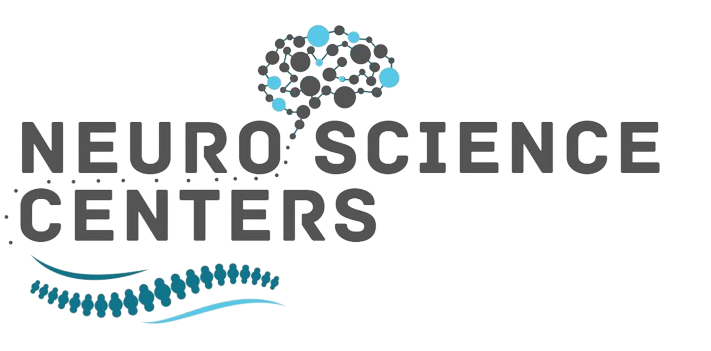Trigeminal neuralgia (TN) is often described as one of the most excruciating pain disorders, characterized by sudden, severe facial pain. Understanding the symptoms and how to manage the pain is crucial for those suffering from this condition. This comprehensive guide will help you recognize the symptoms of trigeminal neuralgia and explore effective management strategies.
What is Trigeminal Neuralgia?
Trigeminal neuralgia, also known as tic douloureux, is a chronic pain condition that affects the trigeminal nerve, which is responsible for transmitting sensation from your face to your brain. Even mild stimulation of the face can trigger a painful attack. The condition is more common in women and individuals over the age of 50.
Recognizing the Symptoms of Trigeminal Neuralgia
The primary symptom of trigeminal neuralgia is sudden, severe facial pain. Here are the key characteristics of this pain:
- Sharp, Electric-Shock Pain: The pain is often described as a stabbing or electric shock-like sensation.
- Unilateral Pain: Typically, the pain affects only one side of the face, though it can occur on both sides in rare cases.
- Brief Duration: Pain episodes are usually short, lasting from a few seconds to two minutes.
- Trigger Points: Certain activities like chewing, speaking, brushing teeth, or even a light breeze can trigger the pain.
- Recurrent Episodes: Pain attacks can happen in quick succession over a period of days, weeks, or months, followed by periods of remission.
- Facial Muscle Spasms: Some people experience muscle spasms or twitching along with the pain.
Diagnosing Trigeminal Neuralgia
Diagnosis of trigeminal neuralgia involves a thorough medical history and physical examination. Your doctor may also perform the following tests to rule out other conditions and confirm the diagnosis:
- MRI Scan: To check for any abnormalities or compression of the trigeminal nerve.
- Neurological Exam: To assess the function of the trigeminal nerve and identify trigger points.
Managing Trigeminal Neuralgia Pain
Effective management of trigeminal neuralgia often requires a combination of medications, lifestyle changes, and, in some cases, surgical interventions. Here are some strategies to manage the pain:
1. Medications
- Anticonvulsants: Drugs like carbamazepine and gabapentin are commonly prescribed to reduce nerve pain.
- Muscle Relaxants: Medications such as baclofen may help alleviate pain when used in combination with anticonvulsants.
- Tricyclic Antidepressants: Low doses of these medications can help manage chronic pain.
2. Lifestyle Modifications
- Avoid Triggers: Identify and avoid activities that trigger pain episodes.
- Soft Diet: Eating soft foods can reduce the risk of triggering pain while chewing.
- Stress Management: Techniques such as meditation, yoga, and deep breathing exercises can help manage stress, which may exacerbate pain.
3. Surgical Options
When medications and lifestyle changes are not effective, surgical options may be considered:
- Microvascular Decompression (MVD): This procedure involves relieving pressure on the trigeminal nerve by moving or removing blood vessels that are compressing it.
- Gamma Knife Radiosurgery: A non-invasive procedure that uses focused radiation to damage the trigeminal nerve and reduce pain.
- Balloon Compression: A procedure that compresses the trigeminal nerve with a balloon, providing pain relief.
4. Alternative Therapies
- Acupuncture: Some patients find relief through acupuncture, which involves inserting thin needles into specific points on the body.
- Physical Therapy: Exercises and techniques to improve muscle strength and reduce tension in the facial muscles.
Frequently Asked Questions (FAQ) about Trigeminal Neuralgia
Q: What causes trigeminal neuralgia? A: The exact cause of trigeminal neuralgia is not always known. However, it is often associated with nerve compression, usually by a blood vessel, which damages the protective covering around the nerve.
Q: Can trigeminal neuralgia go away on its own? A: Trigeminal neuralgia can have periods of remission where symptoms lessen or disappear for a time. However, it often returns, and management strategies are typically necessary to control the pain.
Q: Is trigeminal neuralgia a life-threatening condition? A: While trigeminal neuralgia is not life-threatening, it can significantly impact quality of life due to the severe pain it causes. Effective management is essential for improving daily functioning and overall well-being.
Q: Are there any side effects of medications used to treat trigeminal neuralgia? A: Yes, medications like anticonvulsants and muscle relaxants can have side effects, including dizziness, fatigue, and confusion. It is important to discuss potential side effects with your doctor and find the right balance of medication and dosage.
Q: How effective are surgical treatments for trigeminal neuralgia? A: Surgical treatments can be very effective for some patients, especially when other treatments have failed. However, as with any surgery, there are risks involved, and success rates can vary. It’s important to discuss these options thoroughly with your healthcare provider.
Q: Can diet and nutrition affect trigeminal neuralgia? A: While diet alone is not a cure for trigeminal neuralgia, eating a healthy, balanced diet and avoiding foods that trigger pain can help manage symptoms. Staying hydrated and maintaining overall health can also be beneficial.


